#proserpina (persephone)
Text

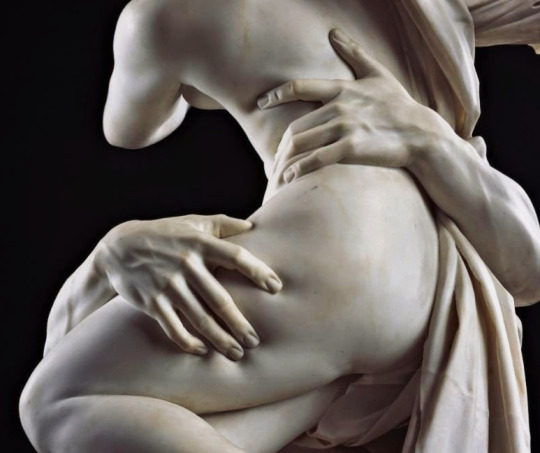

The abduction of Proserpina, Gian Lorenzo Bernini, 1621-22
#art history#art#italian art#baroque#aesthethic#marble#sculpture#greek mythology#roman mythology#proserpina#persephone#hades#gian lorenzo bernini#bernini#galleria borghese#ancient greece#pluton#17th century
3K notes
·
View notes
Text






Various versions of Proserpine by Dante Gabriel Rossetti, created between 1874 and 1882
#dante gabriel rossetti#pre raphaelite#19th century art#19th century painting#pre-raphaelite art#art#greek mythology#art comparison#beauty#persephone#proserpina#proserpine#jane morris#my posts#faves
318 notes
·
View notes
Text

The Abduction of Proserpine by Ulpiano Checa
#proserpina#proserpine#pluto#art#ulpiano checa#gods#underworld#chariot#horses#horse#mythology#quadriga#history#europe#european#roman mythology#greek mythology#hades#persephone#mythological#religion#religious art#religious#roman#greek#ancient#antiquity
1K notes
·
View notes
Text












greek & roman mythology
#roman mythology#greek mythology#aphrodite#venus#ares#mars#artemis#diana#apollo#hermes#mercury#persephone#proserpina#*mine*#romanmythologyedit#greekmythologyedit
248 notes
·
View notes
Text

Classicstober day 7: Persephone 🌸
#flaroh illustration#tagamemnon#ancient history#ancient greece#greek mythology#persephone#eleusinian mysteries#proserpina#hellenic mythology#hellenic pagan#classicstober23#classicstober#classical reception
740 notes
·
View notes
Text



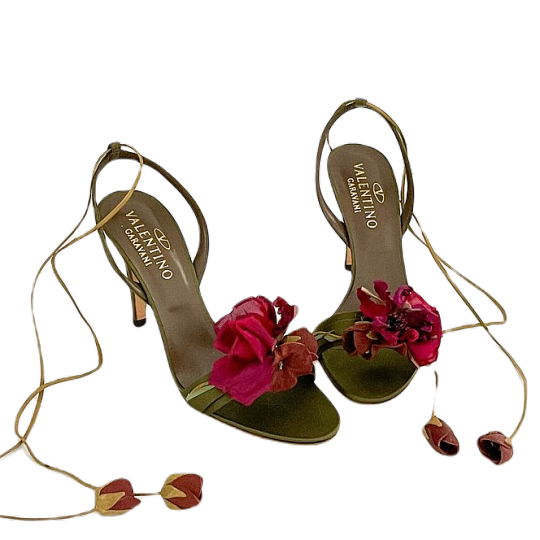

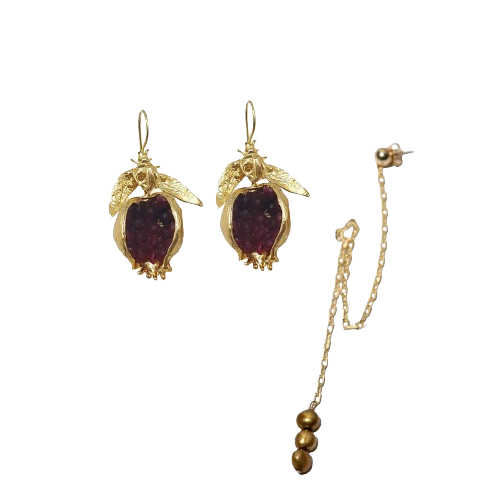
"persephone returns (spring)", requested by anonymous .
jacquemus sheer mini dress in olive green, s/s 2o18
ann demeulemeester "satu" satin draped tied sleeves in burgundy
valentino garavani rosebud ankle-wrap heeled sandals
byredo "rouge chaotique" extrait de parfum
zeyzey jewelry handmade gold-plated and ruby-encrusted pomegranate earrings + wendy nichols "the triple pearl" chain drop stud earring
#'mama it's meee- proserpina'#anyway i like to imagine the underworld as a fucked-up underground goth scene and she's stumbling out- causing spring- blinking hard and#still a little tipsy on the pom liquor#she's like ascending shucking her heels and giggling the whole way#demeter's like....welcome back princess spring how was the nightmare realm and that guy you married#and she's like 'i had to fist fight a mint nymph with designs on my husband this winter. shit's been wild as usual'#and that's my explanation for this#hope you like even though i went light on the ~spring~ for the vibe i was feeling lol#outfit#request#persephone#green#burgundy#red#dress#footwear#edp#perfume#jewellry#queue
226 notes
·
View notes
Text
persephone cabin headcanons

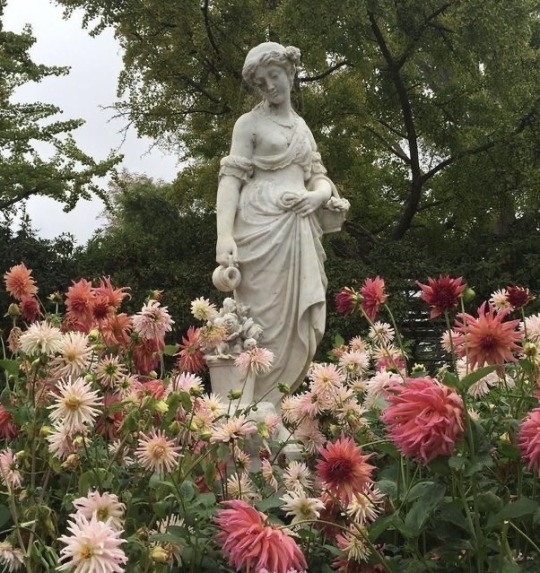

children of persephone
• they’re always conceived in the spring or summer.
• in times of conflict, their presence alone can bring hope and peace to others, and they are often called upon to soothe agitated campers.
• SOO many flowers crowns.
• their powers shift with the seasons. in spring and summer, they possess fertility abilities, excelling at gardening and nurturing plant life.
• they help the apollo and dionysus cabins put on hadestown.
• during autumn and winter, they tap into their underworld connection, enabling them to see ghosts, cause tremors in the earth, rip souls away, shadow travel short distances, and occasionally curse others.
• they can summon the opposite set of powers out of season, but doing so requires a significant amount of energy and effort.
• like their mother, they have a dual personality— kind and nurturing one moment, but stern and unyielding the next.
• they’re basically the mom friend.
• they have a deep empathy for both life and death, understanding the cycles of nature and the importance of both joy and sorrow.
• this makes them great counselors and therapists.
• they have a deep respect for animals, especially deer, as it is their mother’s sacred animal, and they may see hunting as unnecessary or cruel.
• this respect extends to all wildlife, making them strong advocates for animal rights and conservation.
• their connection to the natural world make them instinctively protective of animals, leading them to actively work against activities that harm wildlife.
• they become involved in efforts to protect endangered species or restore damaged ecosystems.
• many of them engage in activism to protect wildlife and prevent hunting, using their abilities to create safe havens for animals and advocate for laws that protect them.



cabin exterior
• the cabin is adorned with intricate floral patterns and vines that seem to bloom and twist around the structure, reflecting persephone’s domain over flowers and the seasons.
• the exterior changes with the seasons— lush and vibrant during spring and summer, with blooming flowers and greenery, and transitioning to more barren and earthy tones during fall and winter.
• the cabin is painted in shades of emerald green and gold, symbolizing persephone’s connection to nature and the wealth of the underworld.
• a winding garden path leading up to the cabin is lined with a variety of flowers and plants that bloom in different colors, guided by magical enchantments to always be in full bloom.
• the structure is made of ancient, weathered stone with carvings of persephone’s symbols— like pomegranates, flowers, and butterflies— etched into the walls.



cabin interior
• like the demeter cabin, this cabin RADIATES cottage core energy.
• the cabin’s color scheme incorporates soft, earthy tones such as shades of green, gold, and pale pink, with accents of deep black and purple representing persephone's connection to the underworld.
• the walls are covered in murals and living vines that bloom with seasonal flowers like daisies, roses, and poppies. a canopy of intertwining branches drape across the ceiling, with small blossoms that glow softly in the dark.
• large windows let in plenty of natural light during the day, giving the space a warm and inviting atmosphere. at night, lanterns made of celestial bronze are enchanted to mimic the flicker of fireflies, providing a soft, ethereal glow.
• the furniture is made from natural materials like wood and stone. chairs and beds are carved with intricate designs of flowers, vines, and pomegranates. the cushions and bedding are plush and adorned with floral patterns.
• each member has their own area adorned with their favorite flowers or plants. there is also a small altar with offerings of pomegranates, flowers, and seeds, honoring their mother.

cabin traditions
• at the beginning of each spring, they participate in a special ritual to welcome the return of spring. this involves planting new flowers and trees around the camp, blessing the fields with good growth, and crafting flower crowns to wear throughout the day. this ritual symbolizes renewal, growth, and the reawakening of nature.
• they have a sweet tradition could involve exchanging flowers among cabin members as a sign of friendship, support, or goodwill. each type of flower has its own meaning, allowing members to communicate their feelings through these natural tokens.
• they have a special garden that they tend to throughout the year. this garden is filled with flowers and plants sacred to persephone, such as poppies, lilies, and pomegranates. they spend time together planting, weeding, and caring for this garden as a way to connect with their mother and each other.
• at important camp events or ceremonies, they create and wear intricate flower crowns. these crowns are crafted for themselves or as gifts for others, symbolizing the beauty and strength of nature.
• they also have a tradition of making a special crown for any camper who has achieved something significant, honoring their accomplishment.
divider by @strangergraphics
#percy jackson and the olympians#heroes of olympus#pjo#hoo#pjo hoo toa#pjo fandom#hoo fandom#pjo series#hoo series#pjo tv show#pjo disney+#pjo cabins#persephone#proserpina#persephone cabin#cabin twenty-five#cabin 25#children of persephone
86 notes
·
View notes
Photo

hades and persephone for a friend <3
[prints avaiable here!]
974 notes
·
View notes
Text
The chthonic deities were a group of deities in ancient Greek and Roman religions that were associated with the underworld, the earth, fertility, and the dead.
The term "chthonic" comes from the Greek word "chthonios", meaning "of the earth" or "of the underworld".
Some of the most well-known chthonic deities include:
Hades/Pluto - the god of the underworld
Persephone/Proserpina - the queen of the underworld and goddess of spring growth
Demeter/Ceres - the goddess of agriculture, fertility, and the harvest
Hecate/Trivia - the goddess of witchcraft, crossroads, and the underworld
Gaia/Terra - the primordial goddess of the earth
Worshippers of chthonic deities often conducted their rituals and made offerings at night or in caves, crevices, or other entrances to the underworld. Animal sacrifices, libations (liquid offerings), and burned offerings were common ways to honor these deities. Chthonic cults and mysteries, such as the Eleusinian Mysteries, were also important aspects of ancient Greek religion.
The chthonic deities were seen as powerful forces that could influence the fertility of the earth, the cycle of life and death, and the well-being of the community. As a result, honoring and appeasing these deities was an important part of religious life in the ancient Greek and Roman world.
How people worshipped these deities
1. Sacrifices: Chthonic deities were often worshipped through blood sacrifices, typically of dark-colored animals like black sheep or bulls. These sacrifices were usually conducted at night or in special underground temples and shrines.
2. Libations: Worshippers would pour out offerings of liquids like honey, milk, water, or wine as libations to the chthonic deities, often pouring the offerings into the ground or into cracks in the earth.
3. Mysteries and Initiations: Many chthonic cults, such as the Eleusinian Mysteries, involved secretive initiation rites and rituals that were only accessible to initiated members. Which were a set of initiation rites associated with the worship of Demeter and Persephone.
4. Chthonic Symbols: Chthonic deities were often associated with symbols like snakes, torches, keys, and the color black, which represented their connection to the underworld and the earth.
5. Funerary Rites: Chthonic deities were closely tied to death and the afterlife, and their worship was often incorporated into funerary rites and the veneration of the dead.
#hellenic deities#chthonic deities#deity#hellenic polythiest#devotees#deity worship#greek deities#hades#persephone#demeter#hecate#gaia#ancient history#history#pluto#proserpina#ceres#trivia#terra
55 notes
·
View notes
Text
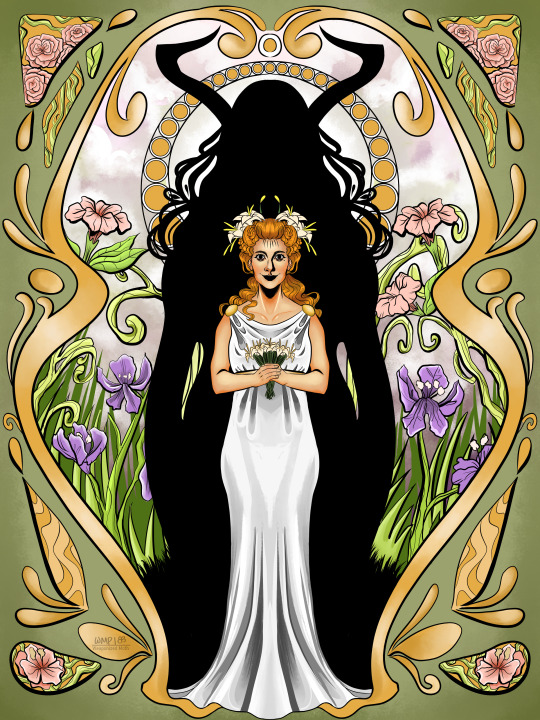
Persephone, for spring solstice.
#although it's fall where I live#persephone#persephone deity#proserpina#greek mythology#greek gods#ancient greece#art#fanart#my art#digital art#artists on tumblr#illustration#digital drawing#spring#greek myth art
82 notes
·
View notes
Text

Okay, as you all voted on: Astarion as Persephone (or in this case, Proserpina)!
Based on The Abduction of Proserpina by an unidentified painter, second half of 17th century. Close up of face under the read more.
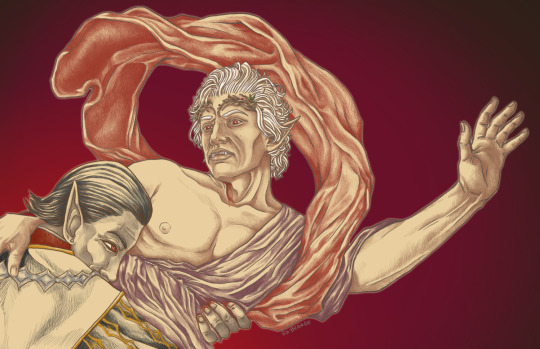
#astarion#bg3#bg3 astarion#astarion fan art#fan art#my art#classical art astarion is best astarion#persephone#proserpina#cazador szarr#i spent way too much time on clothing folds#clothing folds are so important to me though
55 notes
·
View notes
Text

Hymn to Proserpine, from the Selected Poems of Algernon Charles Swinburne by Harry Clarke (1928)
#harry clarke#art#illustration#art nouveau#1920s#1920s art#vintage art#vintage illustration#vintage#irish art#irish artist#poetry#poetry art#algernon charles swinburne#mythology#roman mythology#proserpina#persephone#golden age of illustration#classic art
891 notes
·
View notes
Text
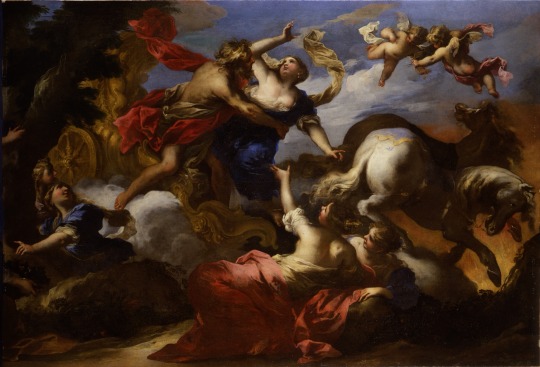
The Rape of Proserpina by Valerio Castello
#proserpina#art#valerio castello#proserpine#pluto#underworld#goddess#persephone#hades#chariot#roman mythology#greek mythology#mythology#mythological#religion#jupiter#zeus#venus#demeter#ceres#europe#european#classical antiquity#maiden#roman#greek#ancient rome#ancient greece#sicily#magna graecia
54 notes
·
View notes
Text

persephone
#daily frog#persephone#proserpina#greek frogs#series?#greek mythology#pomegranate#frogcore#frog art#procreate#illustration#cute#my art#digital art#artists on tumblr#ancient greek
142 notes
·
View notes
Text

The Abduction of Proserpina (1621-1622) by Gian Lorenzo Bernini (Italian, 1598-1680), marble, 225 cm, The Galleria Borghese, Rome
#the abduction of proserpina#the rape of proserpina#gian lorenzo bernini#bernini#proserpina#persephone#ariadne#ceres#pluto#hades#mythology#greek mythology#roman mythology#mythological art#mythological sculpture#sculpture#marble#galleria borghese#rome#my upload#art#fine art
38 notes
·
View notes
Text
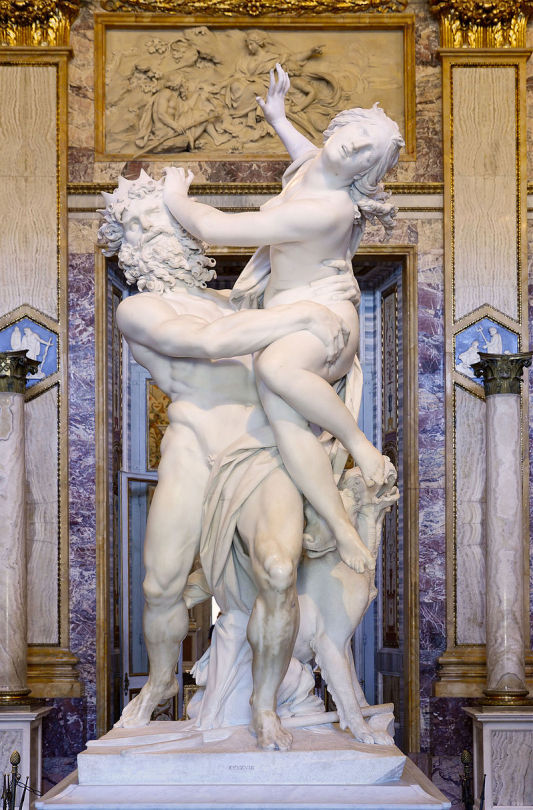
The Rape of Proserpina, Gian Lorenzo Bernini, 1621-1622, marble, Galleria Borghese, Rome.
#sculpture#art history#persephone#proserpina#hades#bernini#greek mythology#barocco#marble#galleria borghese#mythological art
162 notes
·
View notes